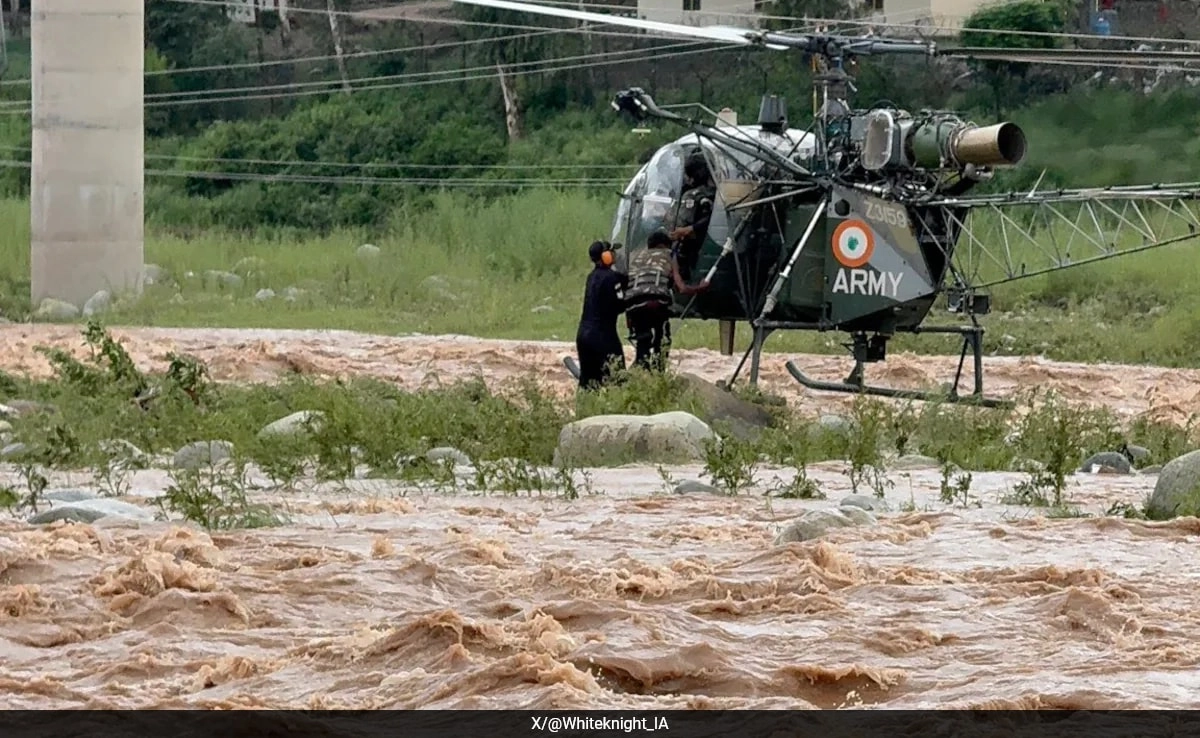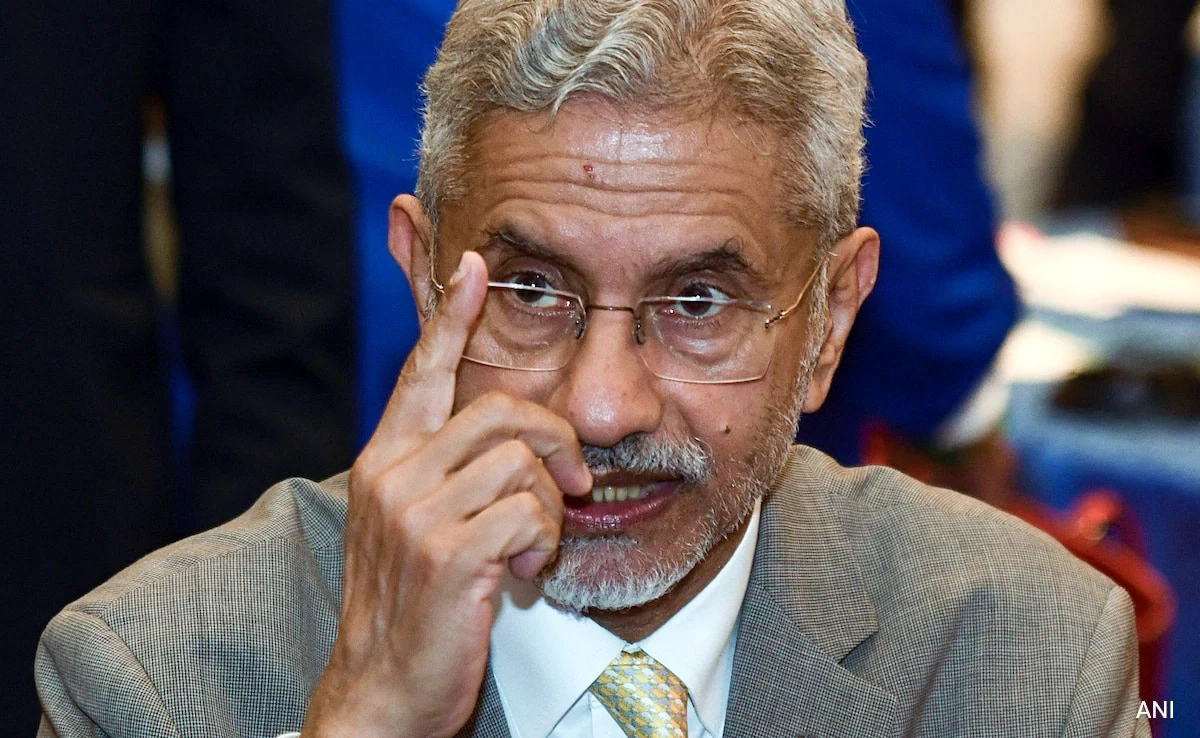In a remarkable display of courage and swift action, the Indian Army deployed a helicopter to rescue a young boy who had become trapped due to severe flooding in Rajouri, Jammu and Kashmir. The incident highlights the challenges posed by the region’s unpredictable weather patterns and the urgent need for effective disaster response strategies. As the floods ravaged the area, the boy found himself stranded, raising immediate concerns for his safety. The timely intervention of the Army not only underscores their commitment to humanitarian efforts but also illustrates the critical role of military resources in times of natural calamities.
The rescue operation involved meticulous planning and coordination, showcasing the expertise of the Army in executing such challenging missions. Helicopters are often deployed in flood situations where ground access is limited or impossible, allowing for rapid response and assistance to those in distress. In this case, the Army’s helicopter was able to reach the boy, who was isolated by the rising waters, and extract him from a potentially life-threatening situation. This operation not only saved a young life but also served as a beacon of hope for the local community, which has faced significant adversities due to the flooding.
The broader implications of this rescue operation extend beyond just the immediate relief provided to the boy and his family. It serves as a reminder of the importance of preparedness and resilience in the face of natural disasters. The Indian Army’s proactive approach in such emergencies emphasizes the need for collaboration between various agencies, including local governments and NGOs, to ensure comprehensive disaster management strategies. As climate change continues to exacerbate weather conditions, increasing the frequency and intensity of such events, the ability to respond effectively becomes even more critical.
In conclusion, the heroic rescue of the boy in Rajouri is a testament to the dedication and efficiency of the Indian Army in crisis situations. It not only highlights the immediate need for swift action during disasters but also calls attention to the ongoing challenges faced by communities in flood-prone areas. As regions like Jammu and Kashmir grapple with the realities of climate change, it is essential to foster resilience through better preparedness, enhanced infrastructure, and community awareness. The story of this young boy and the Army’s life-saving intervention will undoubtedly resonate as a symbol of hope and solidarity in the face of adversity.




